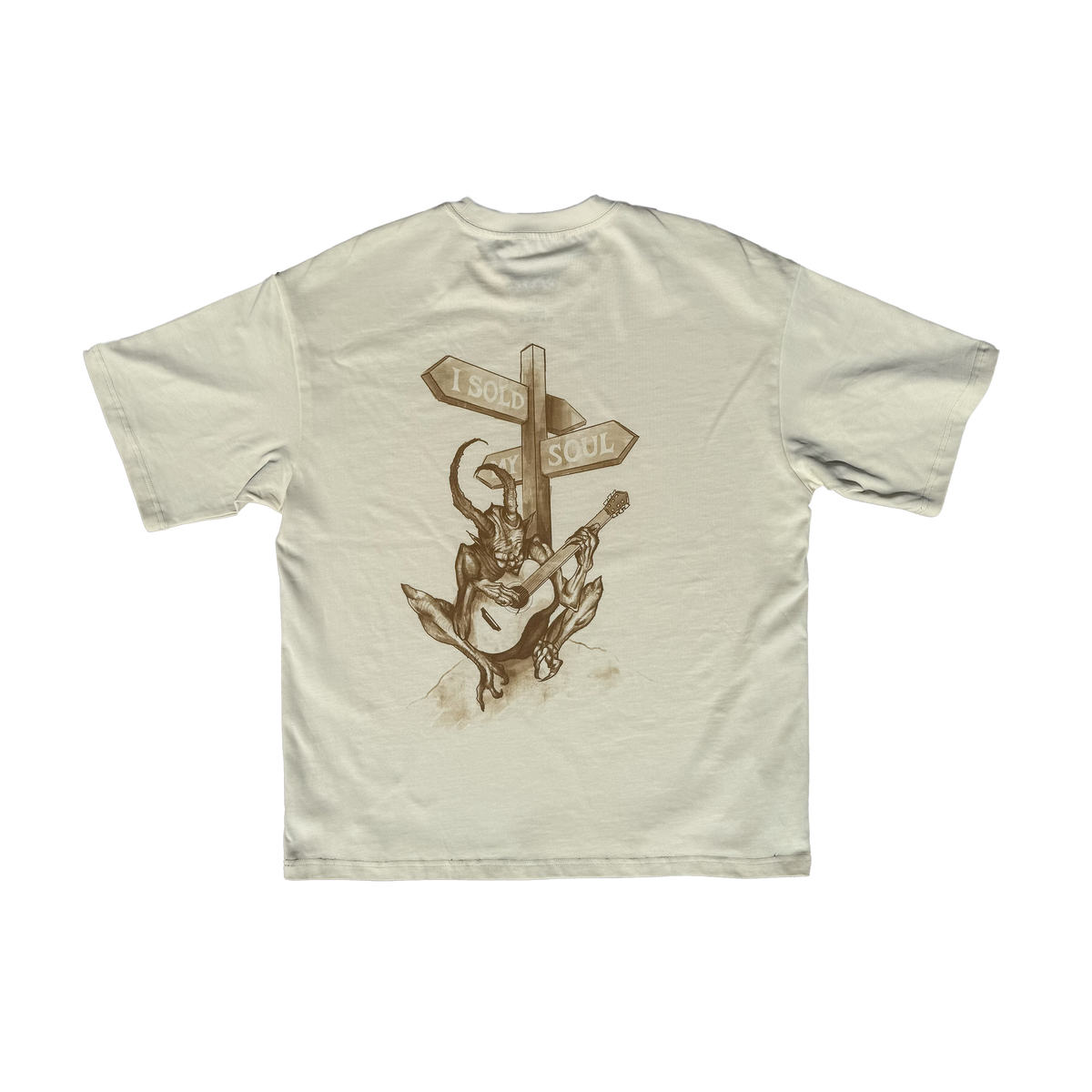A Foundation of Thunder
In the late 1960s, as the world of rock music was undergoing a seismic shift, a band emerged from the quiet English town of Hertford that would redefine the very essence of the genre. Deep Purple, formed in 1968, arrived at a time when the psychedelic experimentation of the Beatles and the raw blues of the Rolling Stones were giving way to something heavier, louder, and more visceral. Their sound—a potent fusion of classical influences, blues rock, and unrelenting energy—laid the groundwork for what would soon be recognized as hard rock and heavy metal. Comprising a revolving roster of virtuoso talents, the band’s early incarnations included drummer Ian Paice, keyboardist Jon Lord, and guitarist Ritchie Blackmore, whose collective vision would ignite a revolution in music. Their story is not just one of innovation but also of resilience, as they navigated lineup changes, creative tensions, and the evolving tastes of a generation hungry for something new. What is it about Deep Purple that continues to reverberate through the decades, inspiring countless musicians to crank their amplifiers and chase the sound of thunder?
The Genesis of a Heavy Sound
Deep Purple’s early years were marked by a restless search for identity, initially drawing inspiration from progressive rock and classical music under the name Roundabout before settling on their iconic moniker. Their debut album, Shades of Deep Purple (1968), showcased a band eager to experiment, blending covers like Jimi Hendrix’s “Hey Joe” with original compositions that hinted at their potential. It was their third album, simply titled Deep Purple (1969), that began to reveal the heavier direction they would soon perfect, thanks in large part to the arrival of vocalist Ian Gillan and bassist Roger Glover. By the time of their breakthrough record, In Rock (1970), the band had crystallized its classic “Mark II” lineup, delivering a sound that was both ferocious and sophisticated, driven by Blackmore’s searing guitar riffs and Lord’s baroque organ flourishes. This album, with tracks like “Speed King” and “Child in Time,” became a manifesto for hard rock, stripping away psychedelia in favor of raw power. A lesser-known detail is that the iconic riff of “Smoke on the Water”—one of the most recognizable in rock history—was inspired by a real event: a fire at the Montreux Casino in Switzerland, witnessed by the band during a recording session in 1971.
"We weren’t trying to create a new genre; we were just playing the music we loved, as loud as we could."
The Peak of Power and Turmoil
The early 1970s marked Deep Purple’s ascent to global stardom, with albums like Fireball (1971) and Machine Head (1972) cementing their reputation as titans of rock. Machine Head, in particular, remains a cornerstone of their discography, not only for “Smoke on the Water” but also for the sheer intensity of tracks like “Highway Star,” which showcased their ability to blend speed with melody. Yet, beneath the surface of their success lay a cauldron of creative and personal conflict, as tensions between Blackmore and Gillan led to frequent lineup changes that threatened to derail the band. Their live performances, documented in the seminal album Made in Japan (1972), captured the raw, electrifying energy of their shows, proving that Deep Purple was at its best when unleashed on stage. Despite internal strife, their commitment to pushing musical boundaries never wavered, with Jon Lord’s classical training infusing their work with a sophistication rare in the hard rock sphere. This era defined them as innovators who could balance chaos with artistry, a duality that would resonate with fans and musicians alike.
A Lasting Echo in Rock’s Landscape
Deep Purple’s influence on music cannot be overstated; they are often credited alongside Black Sabbath and Led Zeppelin as the architects of heavy metal, a genre that continues to thrive today. Their pioneering use of distorted guitar tones and complex compositions inspired a legion of bands, from Metallica to Iron Maiden, who have cited Deep Purple as a foundational influence on their sound. Beyond genre, their willingness to experiment—incorporating elements of jazz, funk, and classical music—paved the way for progressive metal and symphonic rock, proving that heavy music could be cerebral as well as visceral. Their cultural impact extended to the aesthetics of rock, with their long hair, leather attire, and unapologetic volume embodying the rebellious spirit of the 1970s. Even as their commercial dominance waned in later decades, their legacy endured through reunions, reissues, and a long-overdue induction into the Rock and Roll Hall of Fame in 2016. Today, their music remains a touchstone for anyone seeking to understand the roots of hard rock, a testament to their enduring power and vision.
- Debut: Shades of Deep Purple (1968)
- Genre: Hard Rock, Heavy Metal, Progressive Rock
- Known For: “Smoke on the Water,” virtuosic instrumentation, dynamic live performances
- Influenced: Metallica, Iron Maiden, Dream Theater, and the heavy metal movement
- Signature Lineup: Ian Gillan, Ritchie Blackmore, Jon Lord, Roger Glover, Ian Paice (Mark II)
- Iconic Album: Machine Head (1972)
A Legacy Forged in Fire
Deep Purple’s journey through the annals of rock history is a saga of innovation, conflict, and unflinching dedication to their craft. They emerged at a time when music was a crucible for cultural rebellion, and their sound became a rallying cry for a generation seeking something louder, bolder, and more authentic. Their ability to meld technical prowess with primal energy set them apart, ensuring their place as one of the most influential bands of all time. Reflecting on their story, we see not just the birth of a genre but the power of music to transcend personal struggles and unite disparate voices in a singular, thunderous roar. Their legacy teaches us that true artistry often arises from tension, and that the pursuit of sound can reshape the world. As we listen to their riffs and solos today, we are reminded of a band that dared to turn the volume up—and in doing so, changed the course of music forever.
























